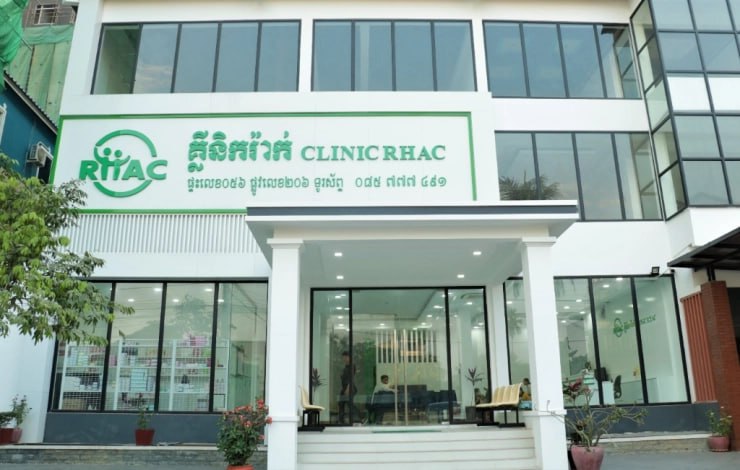


83 percent of Cambodians opt for private healthcare
Publish date: 10 May 2024 / Health / Author : ATH Sokren
Up to 83 percent of Cambodians opt for private healthcare, which could lead them into financial difficulties. And the number of Cambodians opting for private healthcare has increased over the years. In 2009, 76.5 percent of the population opted for private health care. In 2021, this figure reached 83.4 percent, according to a World Bank report.
According to research firm Yuanta Securities (Cambodia), private health services are concentrated in large cities, notably Phnom Penh, Siem Reap, Sihanoukville and Battambang.
But private health care, concentrated in large cities, comes at a cost. According to Yuanta Securities, out-of-pocket spending on health care by households - this spending includes gratuities and in-kind payments to health care practitioners and suppliers of pharmaceuticals, therapeutic devices and other goods and services - reached 57.5% in 2019; the second highest in ASEAN after Myanmar. In 2021, direct health spending in Cambodia had reached 60%, according to the World Bank.
The latter believes that the reason why many Cambodians opt for private rather than public health care is the quality of health care provided and its access. “Low utilization of public health facilities is due to the distance to the nearest health center, the ubiquity of private service providers, which allow rapid access, and the perception of quality public health among citizens,” notes the World Bank.
For insurance professionals, one way to combat this phenomenon would be to increase registrations in the government's National Social Security Fund (NSSF). Launched in 2022, the NSSF, in addition to providing pensions, has a social health insurance scheme for Cambodian workers. Under this program, workers will benefit from health insurance coverage and daily compensation in case of sick leave, work accidents and maternity leave.




